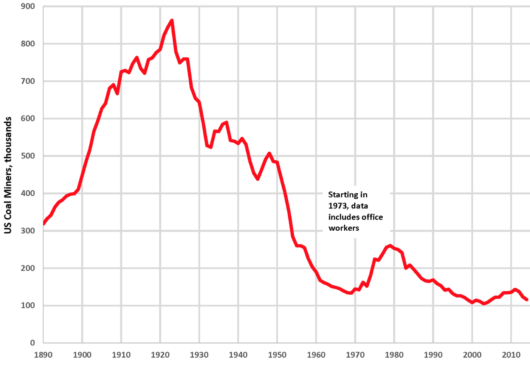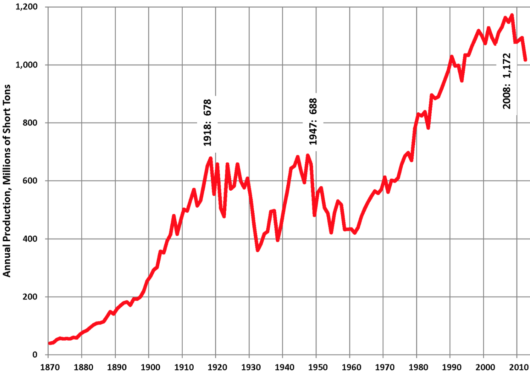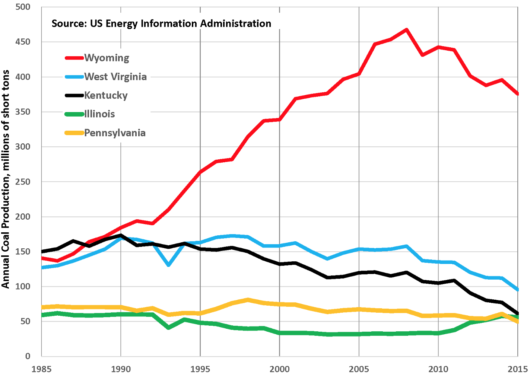A strong dollar: Taking a deeper look
My previous post was rushed, and perhaps a bit tautological. So let’s take a deeper look, and try to answer the comment left by Tyler:
One shift increases national wealth, however, and the other lowers it, so why is that not a strong presumption in the direction of my answer…?
Tyler probably wanted to make the dollar appreciation occur for no particular reason. But of course he knew that there must be a reason, so he offered this:
For the relevant thought experiment, assume an exogenous shift in noise trading boosts the value of the dollar.
In simple supply and demand terms, that means the value of the dollar rises because noise traders suddenly increase their demand for dollars. That’s what is commonly referred to as a “monetary shock”. In this case, a contractionary shock. Recall that a contractionary monetary shock occurs when there is either a reduction in the monetary base (less supply), or an increase in base demand. Contractionary shocks also cause the dollar to appreciate.
Now here’s where things get complicated. Tyler is clearly interested in real wealth, not nominal wealth. But it’s not clear that a monetary shock will affect any real variable, either the real exchange rate or the level of real wealth. Thus if money is neutral, then a contractionary monetary shock that appreciates the dollar by 4.3% will also cause all wages and goods prices and even stock prices to fall by 4.3%. This leaves the real wealth of Americans unchanged, they don’t even notice anything when they travel overseas.
Tyler would quite rightly respond that money is not neutral in the short run, and that a 4.3% nominal appreciation of the dollar would also imply a 4.3% real appreciation in the dollar, at least in the very short run before the price level had adjusted. OK, so let’s go with that non-neutrality assumption, assuming sticky wages and prices.
But the problem with this assumption is that it really complicates the “ceteris paribus” problem. If it’s really true that a contractionary monetary shock makes the real exchange rate appreciate, helping our tourists when they visit France, or buy French wine, it also, ipso facto, leads to higher real wages, which reduces employment and real GDP. How does all this net out in terms of our welfare? I don’t know. To answer that question there is no shortcut to a plausible macro model that generates an optimal monetary policy for our domestic welfare. In my view the “best” position for the US dollar in forex markets is the value it would hold if monetary policy was appropriate (say NGDPLT). If NGDP is rising less than the target rate, then policy is too tight and the dollar is too strong, and vice versa
Tyler can change his assumption so that it’s no longer a monetary shock appreciating the dollar. It could be a real shock (to S&I), which means the real value of the dollar appreciates even after sticky wages and prices have fully adjusted. That might better fit the recent example of the US. (But this is also confusing, because by this criterion the Swiss franc is very weak. It would have to be much stronger to eliminate Switzerland’s huge current account surplus.)
I’m not as good at analyzing real shocks as nominal shocks, but my instincts tell me the answer will be “it depends.”
PS. Ironically, Tom Powers just sent me this article:
Donald Trump is unsure if strong or weak US dollar is best for the economy




